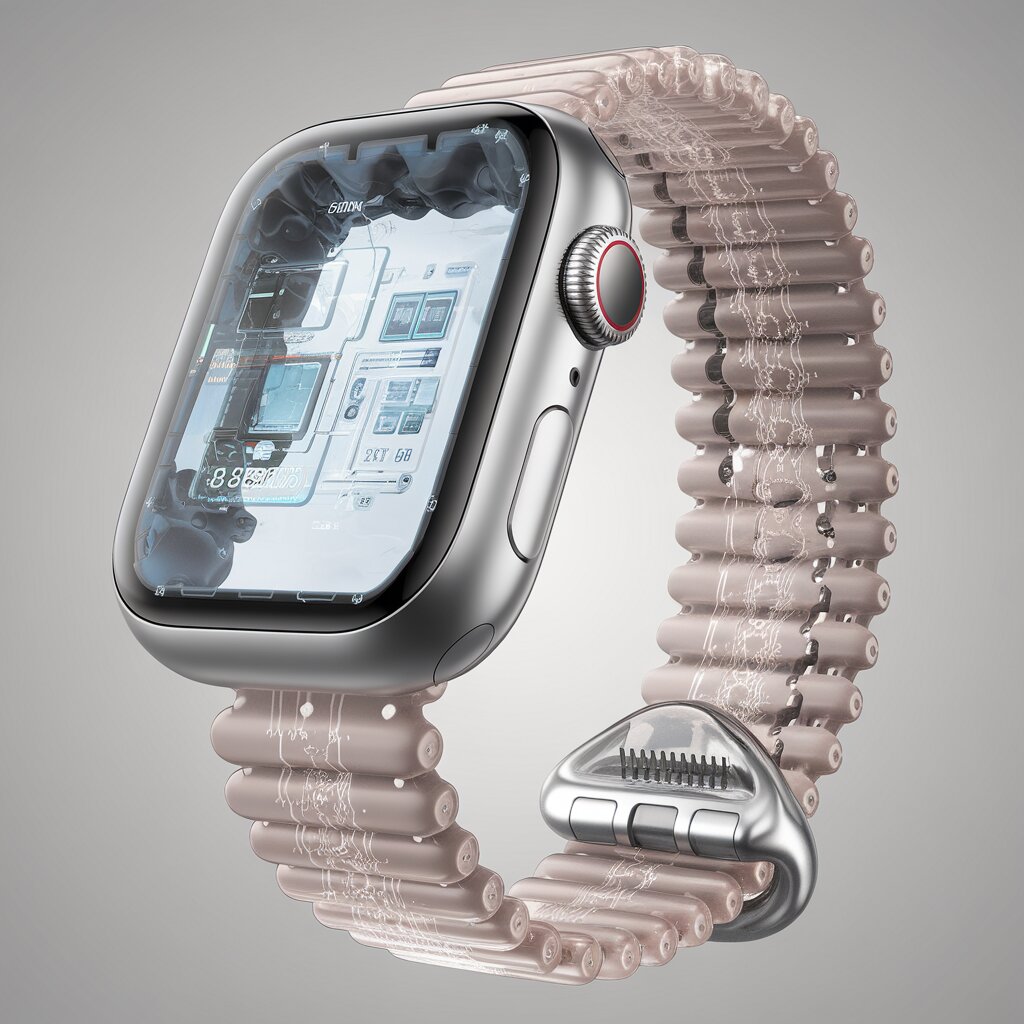In an ambitious leap toward the future of wearable technology, researchers at Carnegie Mellon’s Future Interfaces Group have unveiled a groundbreaking method that could eliminate the need for batteries in devices like smartwatches. This innovative approach, known as Power-over-Skin, uses the human body as a conduit to deliver power, potentially transforming how we interact with wearable tech.
The core of this breakthrough lies in harnessing the body’s ability to conduct 40 MHz radio frequency (RF) energy. By utilizing a single battery-powered transmitter worn on the body, multiple battery-free devices attached to the skin can efficiently receive power. The research, led by Andy Kong, Daehwa Kim, and Chris Harrison, demonstrates how this single transmitter can distribute energy across a range of devices, with power supply efficacy influenced by the transmitter and receiver’s proximity. For instance, positioning a transmitter on the forearm and a receiver on the wrist can significantly optimize power delivery.
In practical trials, the team successfully powered an array of devices: an LED earring, a calculator, and a Bluetooth-enabled ring featuring joystick control. Astonishingly, they even integrated transmitters into everyday objects such as smartphones, VR headsets, and shoes, with the capacitive nature of skin allowing the technology to function through clothing.
The potential benefits of Power-over-Skin are substantial. Eliminating bulky built-in batteries could lead to the creation of lighter and more compact wearables, enhancing their portability and adaptability. One promising application explored in the research includes a streamlined medical patch capable of continuous health monitoring without the need for battery replacement, posing a valuable tool in healthcare innovations. Moreover, powering multiple devices from a single source could greatly reduce environmental impact by cutting down on the resources needed to manufacture individual batteries.
As this technology evolves, improvements in power distribution efficiency are anticipated. While it may not yet support high-power devices, there’s a realistic prospect that smartwatches and fitness trackers could soon be among its beneficiaries. The research has already shown that Power-over-Skin can effectively operate microprocessors, digital displays, and wireless communication technologies designed for this emerging power delivery model.
Nevertheless, a crucial question lingers: Is long-term exposure to RF energy through the skin safe for users? While all test participants reported no discomfort, ongoing studies are essential to ensuring there are no adverse health effects from sustained use. Assuming safety concerns are allayed, Power-over-Skin could herald a paradigm shift in wearable tech design and utility, leading us into an era where convenience and innovation are seamlessly integrated with ecological responsibility.


